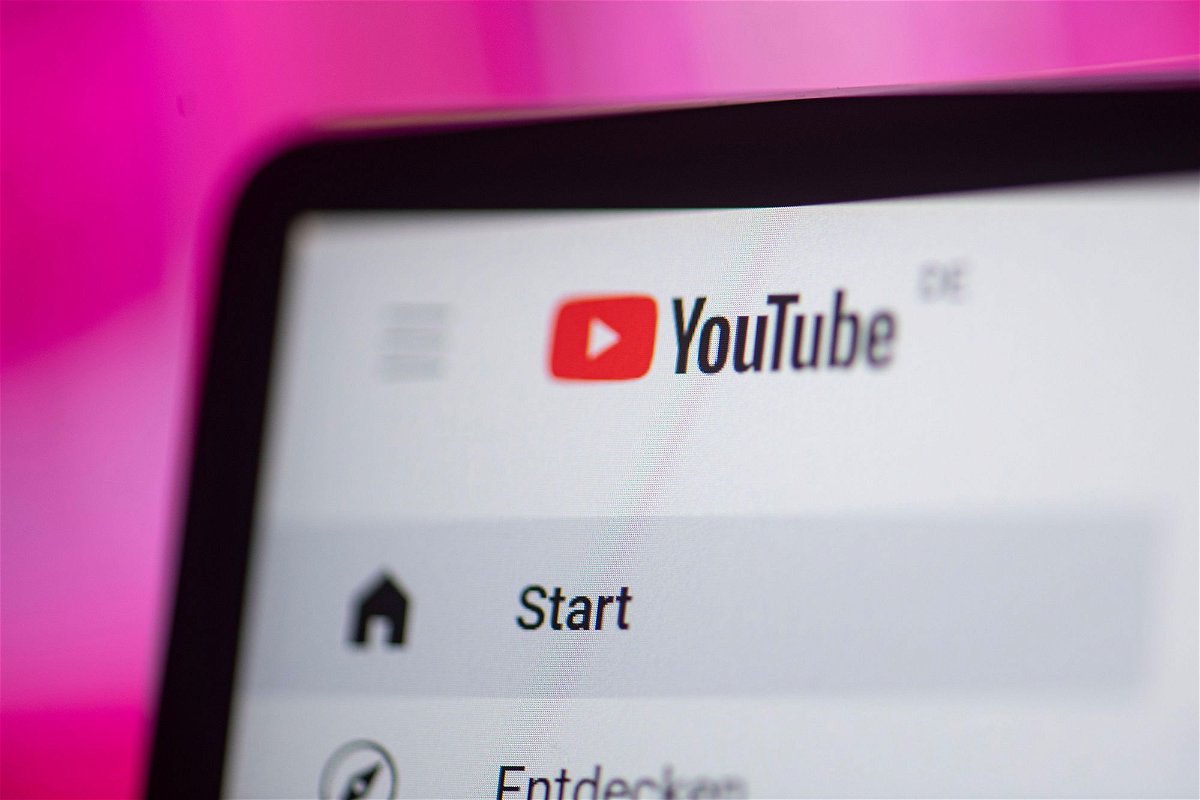YouTube to roll out labels for ‘realistic’ AI-generated content

By Clare Duffy, CNN
New York (CNN) — YouTube will soon require disclosures on videos that contain content generated by artificial intelligence and could mislead viewers.
The Google-owned platform has long prohibited technically manipulated content that could mislead viewers and “pose a serious risk of egregious harm.” But with a new policy update announced Tuesday, YouTube will now require creators to add labels when they upload content that includes “manipulated or synthetic content that is realistic, including using AI tools.”
The policy is meant to help prevent users from being confused by synthetic content amid a proliferation of new, consumer-facing generative AI tools that make it quick and easy to create compelling text, images, video and audio that can often be hard to distinguish from the real thing.
The new labels will be required only on AI-generated or otherwise synthetic content that is “realistic.” That includes, for example, videos that “realistically depict an event that never happened, or content showing someone saying or doing something they didn’t actually do,” YouTube Vice Presidents of Product Management Jennifer Flannery O’Connor and Emily Moxley said in a blog post.
“This is especially important in cases where the content discusses sensitive topics, such as elections, ongoing conflicts and public health crises, or public officials,” Flannery O’Connor and Moxley said.
Digital information integrity experts have expressed concern that the growth of generative AI tools could lead to a boom in convincing but misleading content being shared on social media and across the internet. The technology could pose a particular threat ahead of elections in the United States and elsewhere in 2024.
YouTube is just the latest platform to introduce rules meant to make AI-generated content more transparent. TikTok added a new label for AI-generated content earlier this year and said users must disclose when content depicting “realistic scenes” is created or edited with AI. And Meta, the parent company of Facebook and Instagram, said last week that political advertisers will be required to disclose any use of AI in their ads.
YouTube’s new disclosure policy also comes after the platform in September rolled out a slew of new AI-powered tools to help creators produce videos and reach a wider audience on the platform. YouTube introduced, for example, a feature that lets creators add AI-generated video or image backgrounds to vertical videos and tools to help creators draft outlines for videos.
The option to attach an AI-generated disclosure label will be added to YouTube’s video upload flow and will begin to roll out early next year, according to a spokesperson for the platform. The labels will typically appear in videos’ description panels; however, for “certain types of content about sensitive topics” the labels will be placed more prominently within the video player. Content created with YouTube’s own generative AI tools will also be labeled clearly.
YouTube says users who fail to comply with the new requirements will be held accountable. Creators who consistently fail to use the new label on synthetic content that should be disclosed under the new policy may face penalties such as content removal or suspension from YouTube’s Partner Program, under which creators can monetize their content. The platform also noted that synthetic or AI-generated content that violates its community guidelines will be subject to the same restrictions or removals as other videos.
As part of Tuesday’s announcement, YouTube also said it will now let people request the removal of AI-generated or other manipulated content that simulates an identifiable individual, including their face or voice, under its privacy request process. The change comes amid concerns about a rise in AI-generated, non-consensual sexual images and other content manipulating people’s faces and voices.
YouTube says it will consider “a variety of factors,” such as whether the content is satirical or features a public figure, in deciding whether to comply with a user’s removal request.
The platform’s music partners will also be able to request the removal of AI-generated music that mimics specific artists’ voices.
The-CNN-Wire
™ & © 2023 Cable News Network, Inc., a Warner Bros. Discovery Company. All rights reserved.
